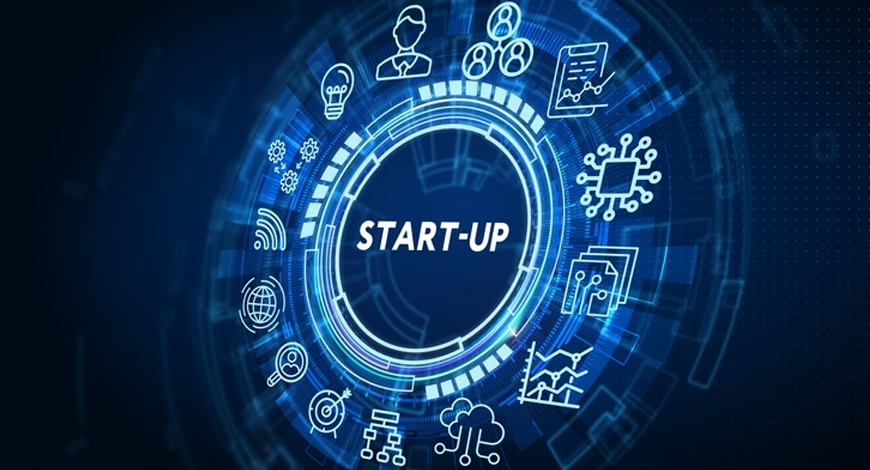Startup Solutions from Idea to Sustainable Company
The journey in the entrepreneurship world that starts with an idea can be transformed into a sustainable, scalable company with the right strategies, modern technology architectures, and a robust checklist. In this article, we will examine step by step the startup solutions you will need to transform your startup into a stable, scalable company, covering architectures, security and compliance requirements, performance monitoring, real-world scenarios, and best practices.
Strategic Value Creation
Behind every successful company is a clear vision and strategic value proposition. The value proposition must be clear: the market, customer needs, competition and sustainability factors should be considered. Key aspects at this stage include:
- Target market analysis: which customer segment and geography will you serve?
- Competitive advantage: differentiation through technology, operations, brand or business model.
- Sustainable business model: environmental, social and governance (ESG) criteria.
- Scalability potential: growth capacity in terms of business model, technology and team.
When these elements come together, your startup progresses not just for short-term but towards becoming a long-term company.
Technology Architectures
Modern and flexible architectures are essential for advanced startup solutions. Below you will find the architectures to consider when transitioning from startup stage to enterprise level.
API-Centric Architecture (REST, GraphQL)
API-driven design facilitates data sharing between different applications and provides modular scalability. For example:
- Communication between microservices via RESTful services.
- Use of GraphQL for flexible data fetching from a single endpoint.
- Secure authentication and authorization using OAuth 2.0 or JWT.
This structure is ideal for meeting the rapid development and expansion needs of a startup in its early stage.
iPaaS/ESB Integration Architecture
When integration between different systems, SaaS applications and on-prem services is required, iPaaS (Integration-Platform-as-a-Service) or ESB (Enterprise Service Bus) can be used. This enables:
- Compatibility between cloud and on-prem services.
- Central management of data flows and business processes.
- End-to-end integration of processes such as O2C (Order-to-Cash) or P2P (Procure-to-Pay).
ETL/ELT and Data Warehouse Architecture
For data-driven growth, a startup needs to rapidly collect, analyze and turn data into decision-support systems. In this respect:
- ETL (Extract, Transform, Load) or more modern ELT (Extract, Load, Transform) processes come into play.
- Big data, analytics layer and data warehouse architectures are planned.
- Data governance, PII masking, and data quality control are included.
Event-Driven Architecture and Real-Time Processing
For high-volume event-based operations, an event-driven architecture can be critical. For example:
- Processing user activity, clicks, event flows between microservices.
- Messaging infrastructures like Kafka, RabbitMQ.
- Low-latency processing with scalable data pipelines.
Security & Compliance
A startup cannot ignore security and legal compliance while growing. Key considerations at this stage include:
- Access control with RBAC or ABAC models.
- Mandatory MFA (multi-factor authentication).
- Masking and encryption for PII (personal health data, customer identity data etc.).
- Compliance with data protection regulations like GDPR, KVKK.
These elements allow the startup not only to grow quickly but also to become a trusted and reputable company.
Performance & Observability
For startups, success is measured not only by the business model but also by system performance and visibility. Highlights include:
- Web performance metrics like TTFB (Time To First Byte) and TTI (Time To Interactive).
- Application monitoring (APM), log analysis, metric collection (Prometheus, Grafana).
- Real-time alerts for events, errors, latency and resource usage.
- Scalability tests and stress scenarios.
Real-World Scenarios
Below are typical scenarios a startup might face when transitioning from idea to company form:
- In the early stage, an MVP (Minimum Viable Product) is quickly developed, then modularity is provided via API architecture.
- During growth, cloud services, iPaaS integrate ERP/SaaS systems.
- In maturity stage, data warehouse, event-driven flows and strong security measures come into play.
KPI & ROI
Every strategic move must be measurable. Key metrics are:
- Customer Acquisition Cost (CAC) and Customer Lifetime Value (LTV).
- Cost per transaction (CPT) and transaction volume growth.
- ROI (Return On Investment) and value increase delivered to stakeholders.
- Daily/Monthly Active Users (DAU/MAU) and revenue growth rate.
Best Practices
For a sustainable company, the best practices to adopt can be summarized as follows:
- Avoid technical debt early; write clean and well-tested code.
- Use modular architectures to build independent components.
- Establish continuous monitoring and feedback loops (DevOps, CI/CD).
- Design security, compliance, data governance processes from the start.
Checklist
The following checklist can be used to evaluate yourself in the process of transitioning from idea to sustainable company:
- Is the value proposition and business model clear?
- Are the architectures (API, iPaaS/ESB, ETL/ELT, event-driven) planned?
- Are security strategies (RBAC/ABAC, MFA, encryption) active?
- Are performance and observability systems established?
- Are measurable KPIs and ROI calculation mechanisms defined?
- Is technical debt minimized and is a sustainable code infrastructure built?
By following these steps, you can build not just a startup, but a company that stands the test of time and creates value. Success begins with an idea but matures through architecture, security, performance and governance.
-
 idesa creative
idesa creative
- 11 November 2025, 12:44:17
 English
English



